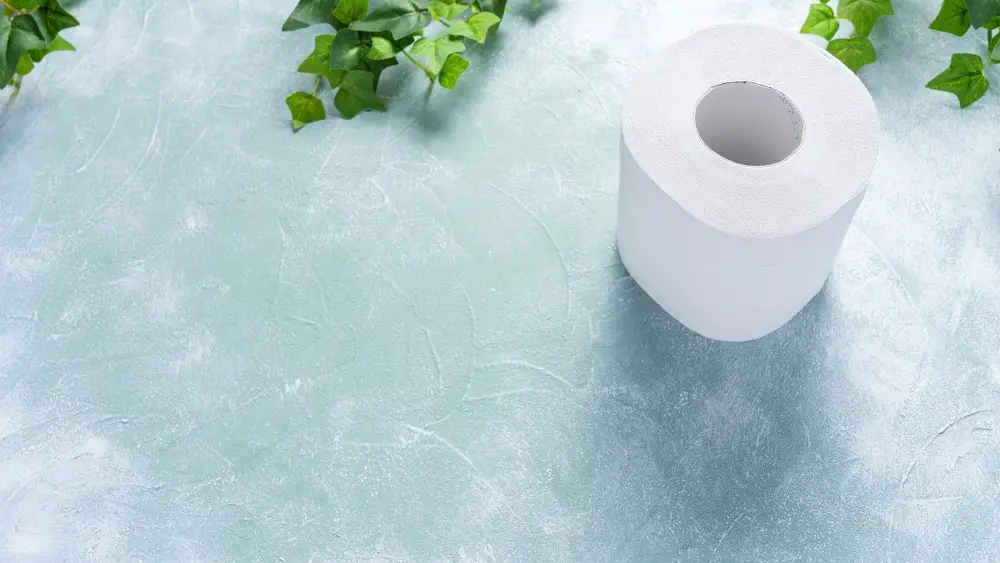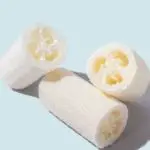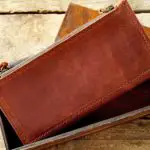We use it on a daily basis, but most of us have no idea what toilet paper is. You may well be curious about when toilet paper was first created, how it’s produced, or what folks used before toilet paper came to be.
Learning the history of toilet paper and the procedures used to make the various types of tissue will assist you in making informed shopping selections that will help yourself, your wallet, and the planet.
All of your burning questions will be answered in this article. Let’s dive in!
How It All Began?
People would just have to wash themselves before toilet paper was invented. They just executed it in a much more inventive manner.
People have cleaned up after using the restroom in a variety of methods from Roman Times to the Middle Ages and beyond. So, without toilet paper, what did these people use to wipe?
Residents in Ancient Rome took a liking to using public restrooms that looked quite similar to the modern bathrooms and outbuildings. But unlike now, they didn’t tidy up with a couple sheets of toilet tissue after having done their thing.
Alternatively, they employed a tersorium, which is essentially a sponge impaled on a rod. The tersoria were placed near restrooms, and Romans would wash themselves clean with one once they were done.
Even if a tersorium was used multiple times by various latrine users, they were at least courteous enough to clean the sponge for the next user.
The printing press, invented in 1440, made it possible to mass-produce and distribute literature, leaflets, and other printed goods. Although not everyone could read, paper items were plentiful.
Because toilet paper had not yet been developed, you had no choice but to rip a page from your favourite booklet.
Lacking toilet paper, people in the middle to fifteenth century would commonly clean up after themselves by using pages from books, articles, posters, and other publications.
Those who were farm dwellers would often be located many miles away from the nearest town. As a consequence, in the shortage of toilet tissue, early farmers had to become self-sufficient and inventive.
A corncob was perhaps the most common way for local farmers to clean up. Yes, they wiped themselves after using the latrine with a corncob that had been stripped of all seeds.
The corncob’s astonishing appeal persisted even well after toilet roll was introduced, implying that people used corn cobs in the latrine well into the nineteenth century (and maybe into the twentieth).
The Introduction of Modern Toilet Paper
Toilet paper has changed a lot throughout the years. As a result, the development of toilet tissue was a continuous process rather than a single event, and its beginnings are vastly different from our modern-day soft and cuddly rolls of luxury.
The effort began in China and culminated in the many environmentally friendly toilet paper choices we have today. The first identifiable kind of toilet tissue was made for the Chinese ruling dynasty in 1393, according to National Geographic.
The imperial toilet paper was made of rice and came in a pile of single, scented sheets.
Despite the fact that toilet paper was invented at the end of the fourteenth century, it was not industrially produced and used on a widespread scale until the end of the 19th century.
Joseph Gayetty created his unique aloe-infused hemp toilet tissue brand in 1857.
Gayetty was so impressed with the concept that he had his family name printed on each and every sheet! However, most Americans chose to clean with pages from the Sears Roebuck catalogue, as this was free.
Thus only a small percentage of the population purchased his toilet tissue. Clarence and Irvin Scott, two brothers, started making toilet tissue on a cylindrical roll in 1890.
Retailers began selling toilet tissue in bundles of rolls in the early 1900s, and Charmin competitive and focused marketing of toilet paper as a soft item.
By 1970, Americans had become completely reliant on toilet paper; nonetheless, toilet paper development was far from complete. As we moved into the twenty-first century, we began to see more environmentally friendly toilet paper options appear.
How it’s Made?

Toilet paper, like most other paper goods, is made from trees. Northern Tissue declared the very first certified splinter-free toilet tissue in 1930.
Thankfully, contemporary toilet tissue is always splinter-free and created from either one of two types of pulp: virgin or recycled. To create toilet paper, virgin pulp is harvested straight from a plant.
Recycled pulp, however, is derived from previously used paper goods; in fact, recycled pulp might be used multiple times before becoming tissue paper.
- Virgin Pulp
Depending on whether they’re producing virgin or recycled toilet paper, toilet paper manufacturers use two different manufacturing procedures.
Making toilet paper from virgin pulp is a one-of-a-kind procedure. The craftsmen will begin by felling the tree, removing its bark, and chipping the wood into little pieces.
The wood chips are then pressure cooked to make a pulp. The pulp is then washed and bleached until it is colourless, mixed with water, strained, pressed, and dried to its desired water content.
The pulp is punctured and stretched into a huge paper log once it has dried. Next, the log is split into smaller rolls and packaged for customer consumption.
- Recycled Pulp
The act of creating recycled toilet tissue begins by having a bunch of recycled paper into a container full of warm water, as opposed to the virgin pulp technique.
After that, the water is aerated to remove any remaining ink from the paper before being cleaned and sanitised. The pulp is pressed and dried on a big, level surface before being embossed to reinforce it.
They pass the mix through a device that binds the layers together to produce a multiple ply roll. Lastly, they split the rolls with a rotary saw and wrapped them for individual sale.
Final Thoughts
Some toilet paper is better for the environment than others. Knowing how toilet paper is made, what makes it clean, and how long the typical roll lasts, as well as your choices and their benefits and drawbacks, will assist you in selecting the finest toilet tissue for you and your family.







